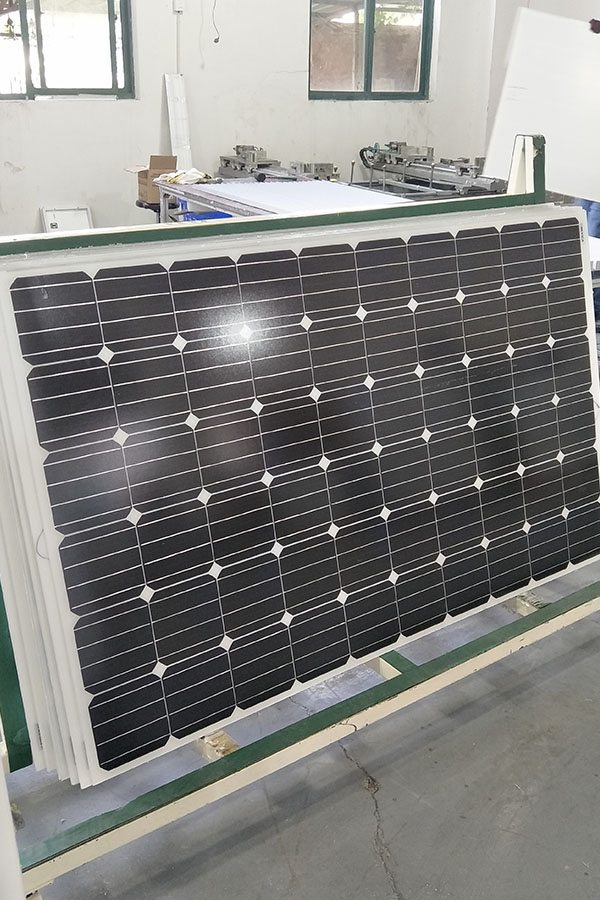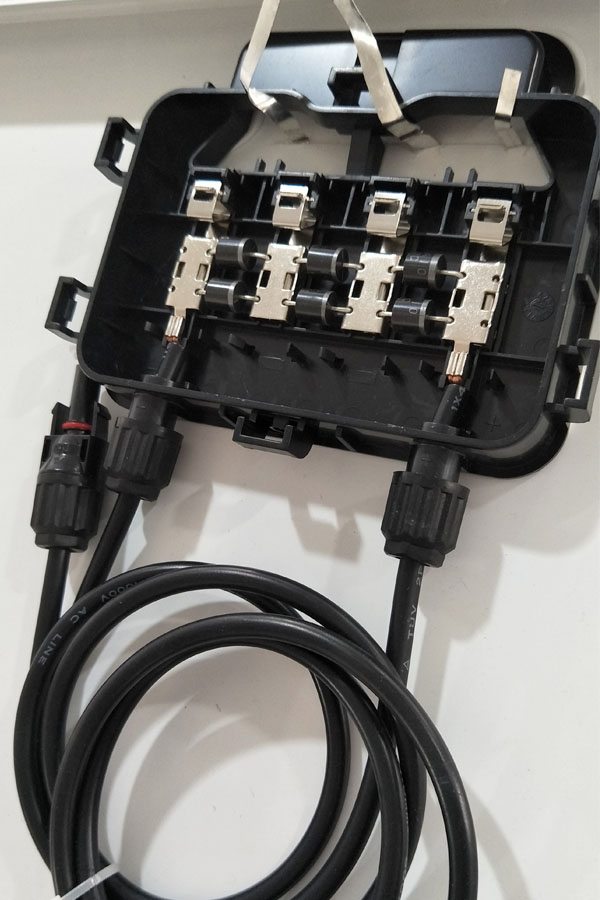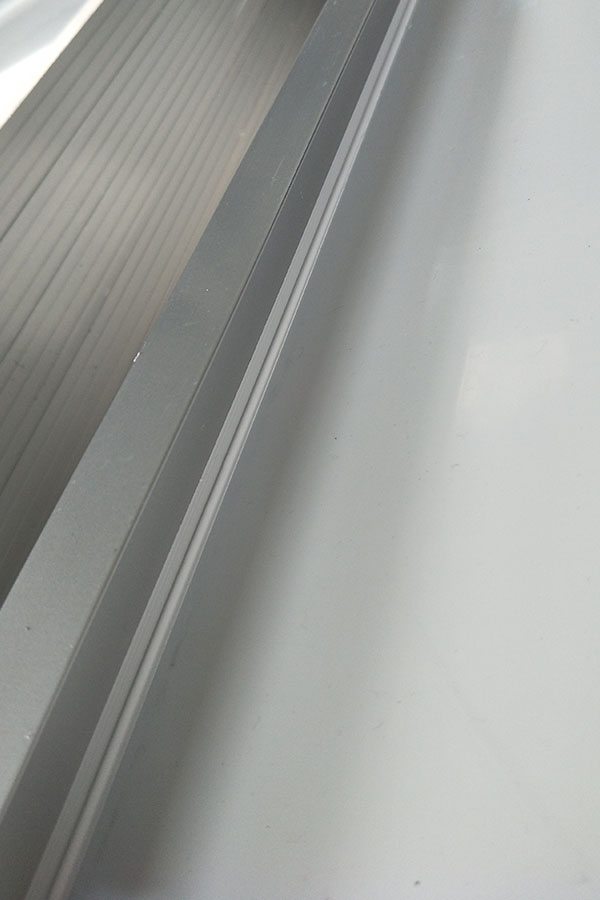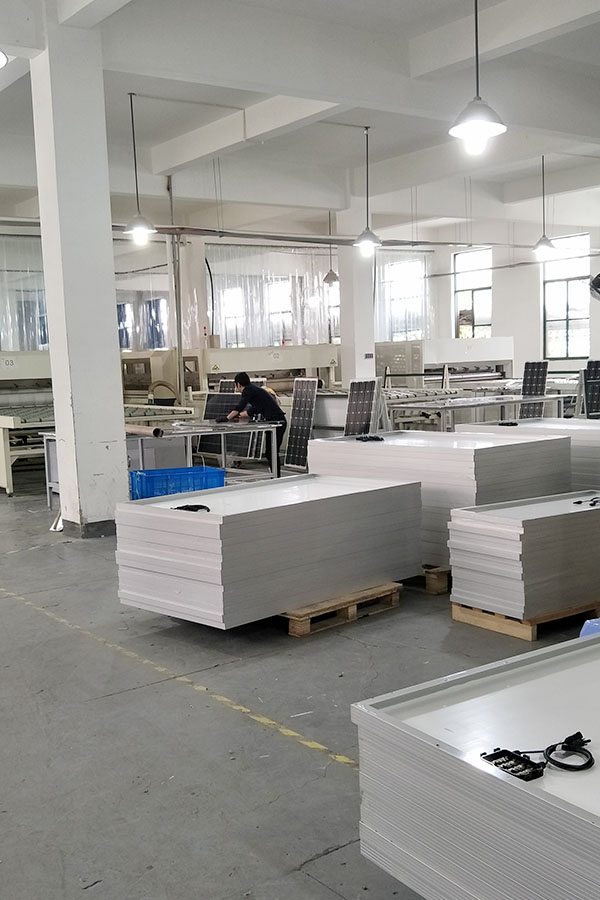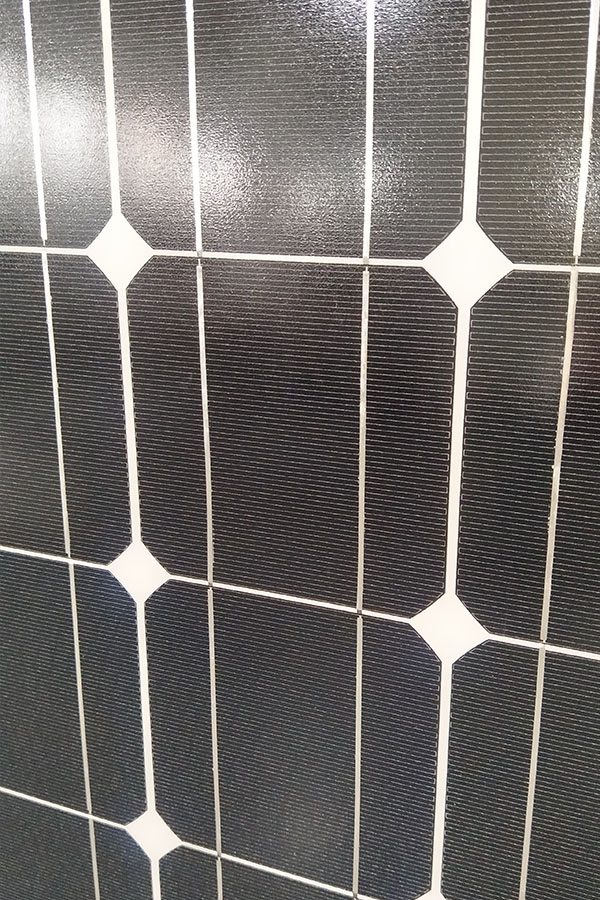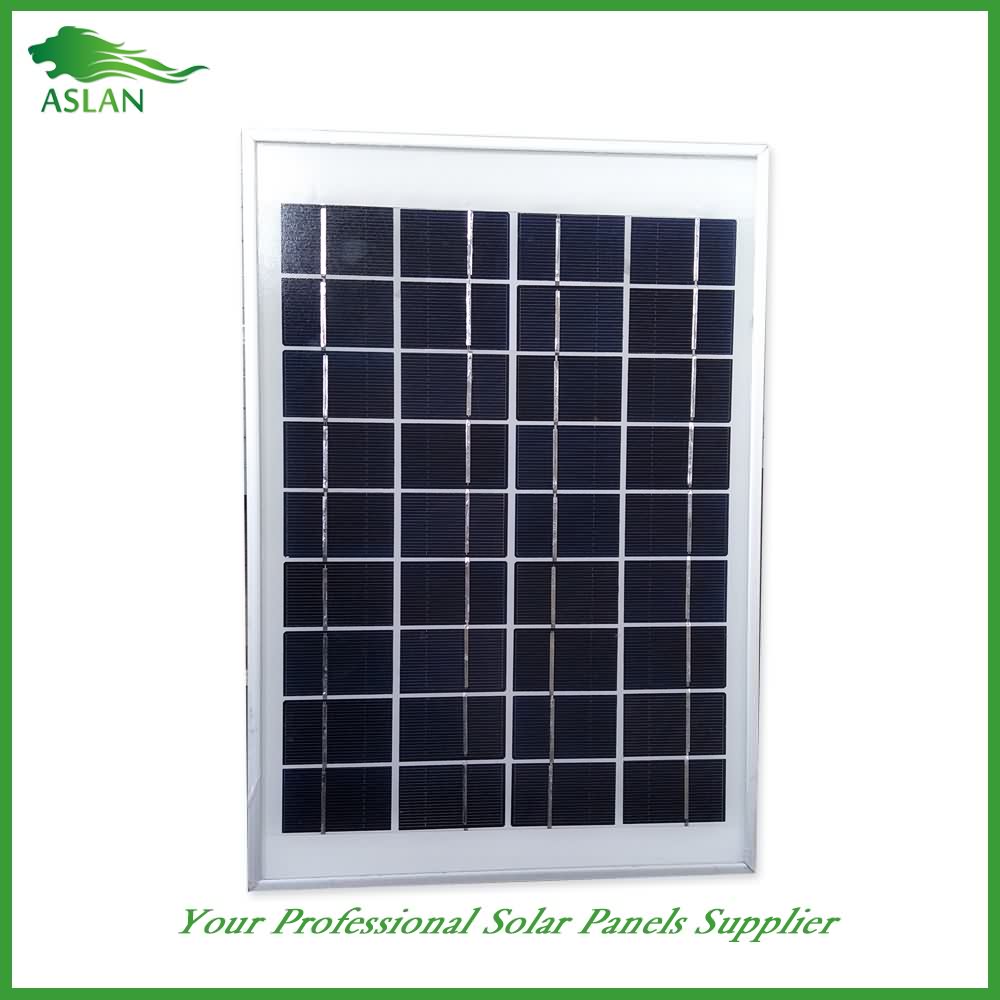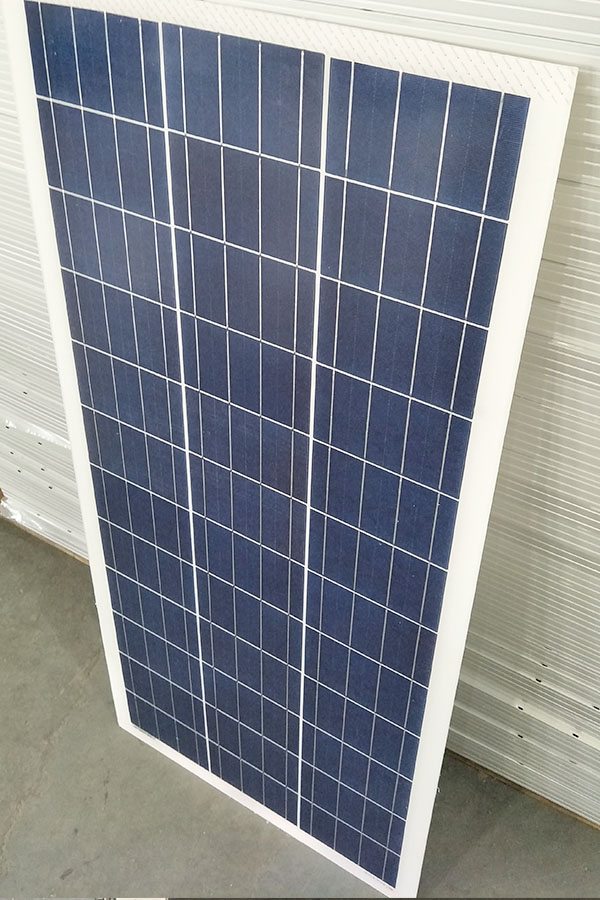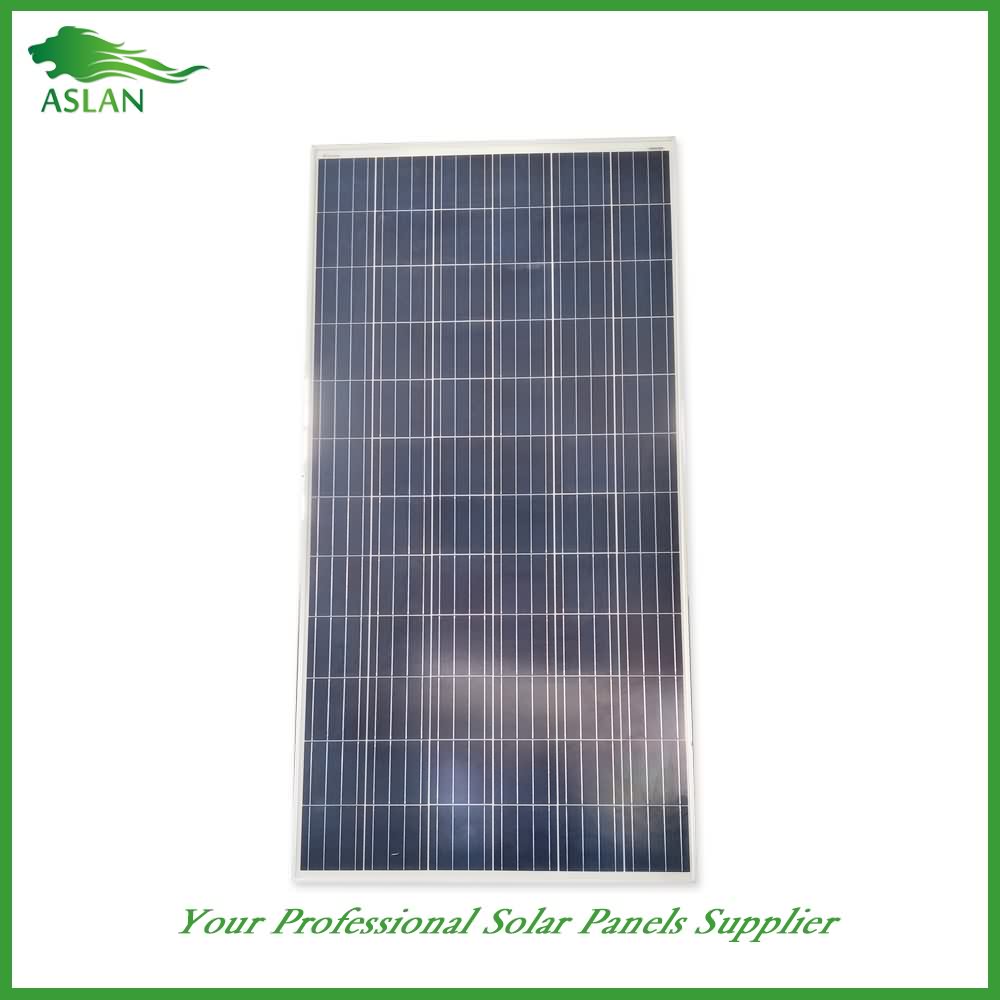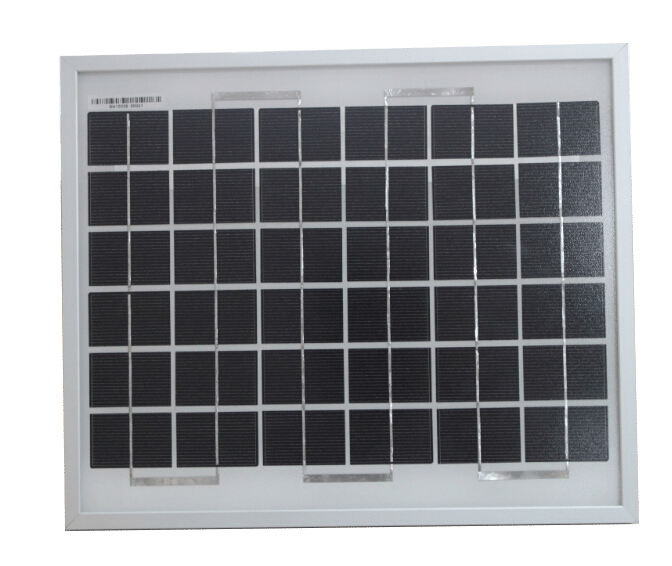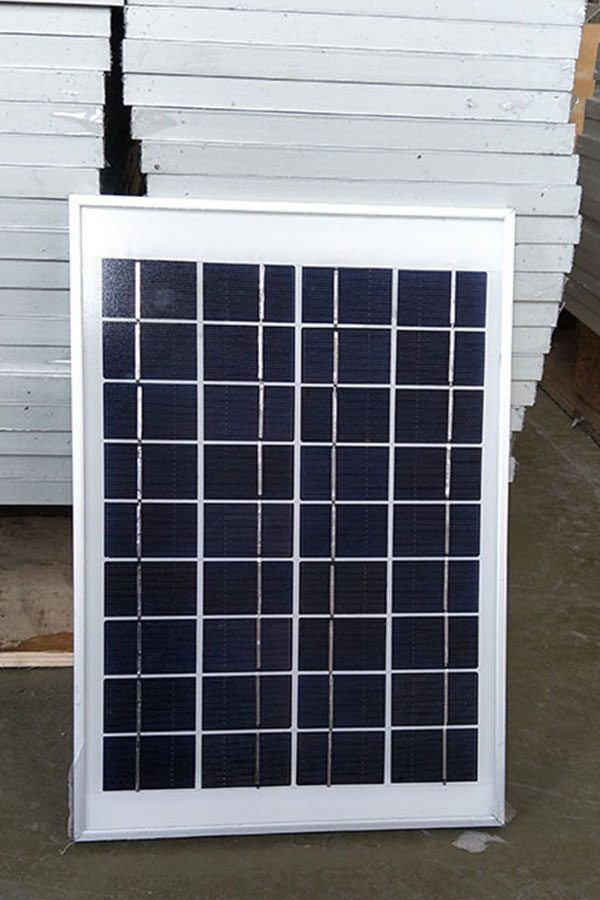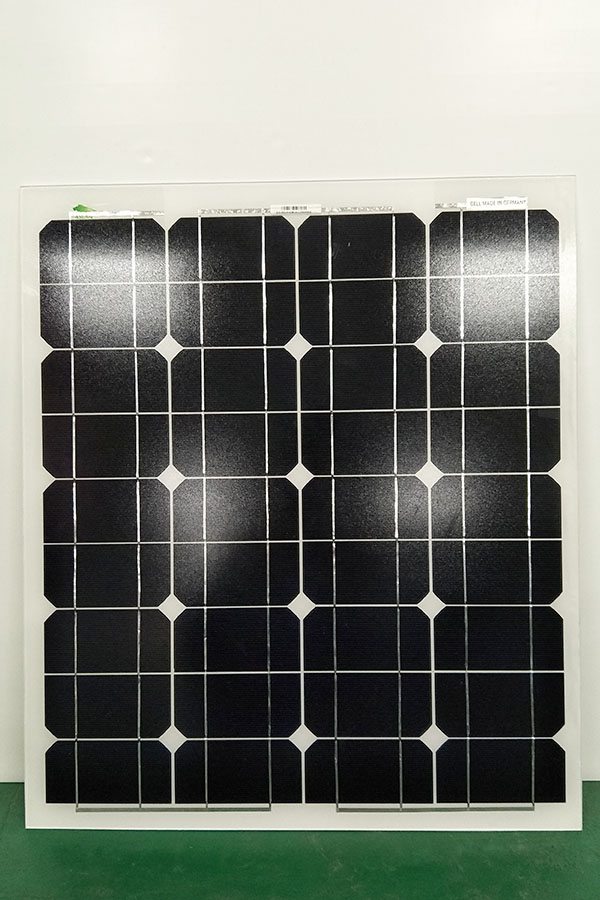Top Quality Mono-Crystalline 250W Solar Panel Factory from Florida
Short Description:
The very rich projects management experiences and one to one service model make the high importance of business communication and our easy understanding of your expectations for Top Quality Mono-Crystalline 250W Solar Panel Factory from Florida, Adhering to the business principle of mutual benefits, we have won good reputation among our customers because of our perfect services, quality products and competitive prices. We warmly welcome customers from home and abroad to cooperate with us for common success.
Mono-Crystalline 250W Solar Panel
Technical parameter
Maximum Power(W) 250W
Optimum Power Voltage(Vmp) 30.3V
Optimum Operating Current(Imp) 8.29A
Open Circuit Voltage(Voc) 36.76V
Short Circuit Current(Isc) 8.91A
Mechanical Characteristics
Cell Type Monocrystalline 156x156mm (6 inch)
No of Cell 60 (6x10pcs)
Dimensions 1640x990x40mm
Weight 18.0KGS
Front Glass 3.2mm,High Transmission, Low Iron,Tempered Glass
Junction box IP65 Rated
Output Cable TUV 1×4.0mm2/UL12AWG,Length:900mm
Temperature and Coefficients
Operating Temperature(°C): -40°C ~ + 85°C
Maximum System Voltage: 600V(UL)/1000V(IEC) DC
Maximum Rated Current Series: 15A
Temperature Coefficients of Pmax: -0.47%
Temperature Coefficients of Voc: -0.389%
Temperature Coefficients of Isc: 0.057%
Nominal Operationg Cell Temperature (NOCT): 47+/-2°C
Materials of solar panel
1).Solar Cell——Mono-crystalline solar cell 156*156mm
2).Front Glass——-3.2mm, high transmission, low iron, tempered glass
3).EVA——-excellent anti-aging EVA
4).TPT——-TPT hot seal made of flame resistance
5).Frame——anodized aluminum profile
6).Junction Box——-IP65 rated, high quality, with diode protection
Superiority: high quality anodized aluminum frame, high efficiency long life, easy installation, strong wind resistance, strong hail resistance.
Features
1. High cell efficiency with quality silicon materials for long term output stability
2. Strictly quality control ensure the stability and reliability, totally 23 QC procedures
3. High transmittance low iron tempered glass with enhanced stiffness and impact resistance
4. Both Polycrystalline and Mono-crystalline
5. Excellent performance in harsh weather
6. Outstanding electrical performance under high temperature and low irradiance
Quality assurance testing
Thermal cycling test
Thermal shock test
Thermal/Freezing and high humidity cycling test
Electrical isolation test
Hail impact test
Mechanical, wind and twist loading test
Salt mist test
Light and water-exposure test
Moist carbon dioxide/sulphur dioxide
Want a super portable and durable solar panel for camping, RVing, or just life on the go? This might be the one. Let’s find out.
In this video, I will unbox and review a 50W semi flexible solar panel from Chinese manufacturer Lensun. This panel is nice looking, is protected by ETFE, has a fiberglass backing, and weighs less than 5 pounds. Unfortunately, I was not able to get it to produce anywhere near its rated power and it does cost more than traditional framed 50W panels.
Buy on Amazon (60W updated/newer version):
http://amzn.to/2ph7uT7
Manufacturer site (for the fiberglass backed version in the video):
http://www.lensunsolar.com/Flexible-solar-panel/Black-flexible-solar-panel/Lensun-50W-12V-Fiberglass-Black-Flexible-Solar-Panel-for-camper,caravan,rv,boat
Electrical Information:
Peak power: 50W
Solar cell efficiency: 17%
Maximum power voltage: 18V
Maximum power current: 2.78A
Open circuit voltage: 21.24V
Short circuit current: 3.06A
Power allowance range: +/-3%
Maximum system voltage: 500V
Values at standard test conditions: Air Mass – AM1.5, Irradiance – 1000W/m2, Cell Temperature – 25°C
Material Information:
Laminated for weather resistance
Laminated with fiberglass + ETFE + Silicon cell + EVA + Tedlar
Solar cells: Monocrystalline
Dimensions: 755 x 530 x 2.5mm
Net Weight: 2.03kg
Back sheet: Fiberglass
J-Box: IP 65 rated
Please help support my channel! Here are a few ways:
** Check out my favorite solar kits at Kits.com ** https://kit.com/LDSreliance
** Donate to my Patreon for perks and news **
https://www.patreon.com/LDSreliance
** Subscribe to my channel for more great content **
https://www.youtube.com/LDSreliance
A simple guide to controlling 12 volt LED strips from your Arduino using an N Channel Mosfet.
In my example I’m using PWM to fade the 12v LED strip, but you could just as easily turn the LED strip on and off instead of fading it. Also it doesn’t have to be an LED strip and it doesn’t have to be 12v!
If you’re going to drive a motor or a relay (or any inductive load) using this setup, you should add a diode across the positive and negative input of the motor/relay to avoid any back voltage.
I’ve over simplified things in terms of my description and the circuit, but it should be enough to get you up and running and to give you a basic understanding of how an N-Channel Mosfet works.
Pretty much any N Channel Mosfet will be fine, but ideally you want to go for an L series, because the gate can be reliably driven at lower voltages, such as the 5 volt from the Arduino.
If you’re curious, a MOSFET is a metal–oxide–semiconductor field-effect transistor. The benefit of a MOSFET over the traditional relay is that it can turn on and off extremely quickly, meaning it’s suitable for PWM, compared to the old coil relay which can’t turn on and off so quickly. Of course a modern solid state relay can compare against a mosfet or transistor.
SUPPORT ME: If you enjoyed this video, please remember to give a LIKE and click here to subscribe to my channel – http://www.youtube.com/subscription_center?add_user=philstuffs
